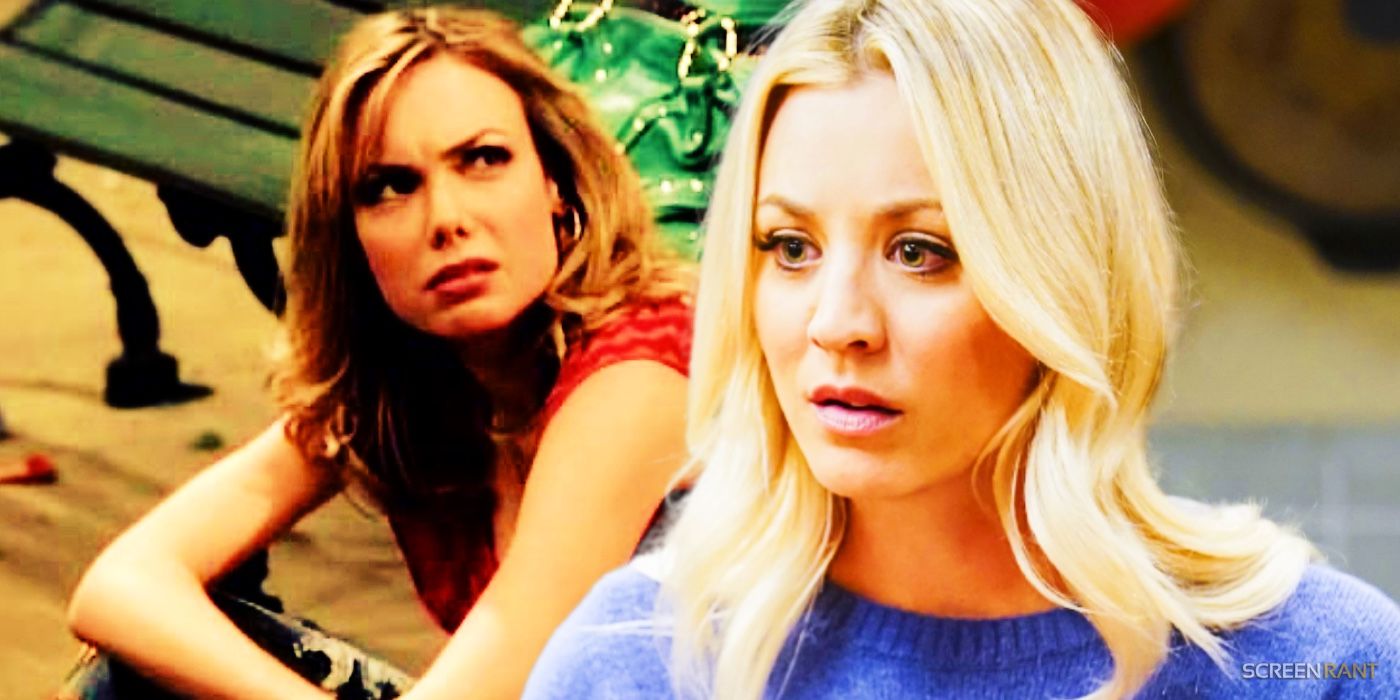
When The Big Bang Theory launched in 2007, few expected that a show rooted in quantum physics, string theory, and social awkwardness would dominate television for over a decade. But behind the laughter and the iconic “Bazinga!” catchphrases was a writers’ room unlike any other in the sitcom landscape — one that had to balance brilliant jokes, authentic science, and real emotional resonance. And doing so wasn’t as effortless as it looked.
This is the story of how the writers of The Big Bang Theory fought to make genius funny — and relatable.
Writing for a Genius Audience — and Everyone Else
Most sitcoms don’t need to worry about equations, particle accelerators, or academic citations. But The Big Bang Theory did. With Sheldon Cooper quoting scientific papers and Leonard explaining astrophysics to Penny, accuracy mattered — not just to the writers, but to a significant portion of the show’s audience.
To ensure the science was sound, showrunner Chuck Lorre and co-creator Bill Prady hired UCLA physicist Dr. David Saltzberg as a scientific consultant. He reviewed scripts, filled whiteboards with complex formulas, and coached actors on pronunciation and plausibility.
But incorporating science wasn’t the hard part — making it digestible without losing authenticity was. Writers had to walk a fine line: too much jargon and the audience would tune out; too little and the core premise of the show — nerd culture colliding with the “real world” — would fall apart.
Punchlines vs. Particle Physics
Behind every scene was an internal tug-of-war between exposition and entertainment. A classic example: when Leonard tries to explain Schrödinger’s cat to Penny in Season 2.
The joke needed to land on multiple levels — it had to convey a scientific concept, show Leonard’s effort to connect, and make the audience laugh. It became one of the show’s most quoted scenes, in part because the writers trusted the audience’s intelligence while also using metaphor and character dynamics to make it accessible.
That philosophy guided the writing for twelve seasons. The science never stopped being real — it just became character-driven. Sheldon’s stubbornness made physics funny. Raj’s inability to talk to women added absurdity to his space research. The tension between Howard’s engineering pragmatism and Sheldon’s theoretical purity created a comedy ecosystem grounded in their disciplines.
The Emotional Equation

But perhaps the writers’ greatest challenge wasn’t scientific — it was emotional. As the characters aged, matured, and fell in love, the show became less about physics and more about personal evolution.
How do you write romance for someone like Sheldon Cooper? How do you transition a sitcom about single nerds into one about marriage, parenthood, and grief?
“We had to allow the characters to grow without betraying their essence,” one former writer said in an interview. “If Sheldon suddenly started quoting poetry or behaving like a normal boyfriend, it wouldn’t work. We had to find his way of expressing love.”
This led to some of the most emotionally satisfying episodes of the series, like Sheldon’s awkward but deeply felt proposal to Amy, or Leonard’s many vulnerable conversations with Penny about self-worth. These weren’t just “serious moments” — they were carefully crafted emotional beats that emerged from years of consistent character building.
Keeping It Fresh for 279 Episodes
Twelve seasons. 279 episodes. How do you keep it funny, surprising, and meaningful?
The writers constantly evolved the show’s structure. Early seasons focused on “the guys and Penny,” but later seasons expanded the cast with Amy and Bernadette, giving the show fresh dynamics and much-needed gender balance. They also leaned into real-life science events — from Mars missions to Nobel Prize discussions — making the show feel timely.
One strategy was to pair different characters in unexpected ways. Episodes where Howard bonded with Amy or where Sheldon opened up to Penny offered new emotional textures and comedic possibilities.
The biggest trick, according to the writers? “Know when to let go. Some jokes, some stories — they’re smart, but they don’t serve the heart of the show. And that’s the real science: understanding your characters deeply enough to know what’s funny for them.”
Legacy of the Writers’ Room
By the time The Big Bang Theory ended in 2019, it had redefined what a sitcom could be. It proved that science could be cool, that “nerdy” characters could be leads, and that emotional depth didn’t have to come at the expense of laughter.
The writers’ room — a blend of comedy veterans, script doctors, and academic consultants — was at the center of that success. They gave us jokes about quarks and tears over broken elevators. They gave us laughter with equations and meaning behind every awkward hug.
And perhaps most importantly, they made smart feel human — and humanity feel smarter.
